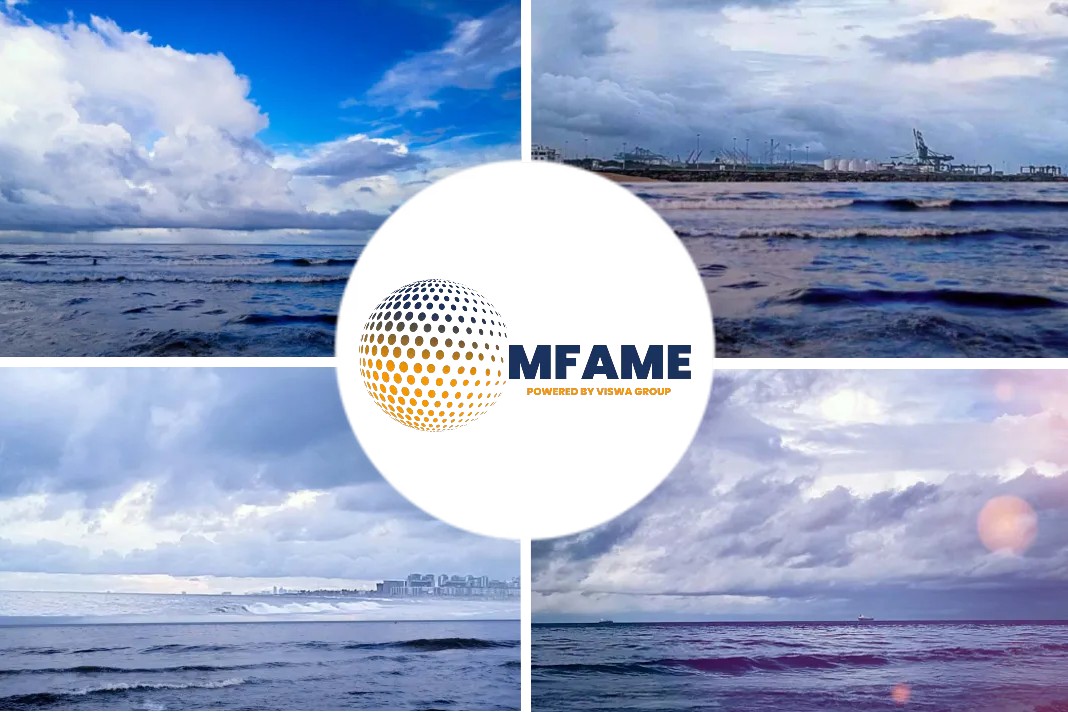
Carriers Drive Record-High Orderbook Amid Green Ambitions, mentions a Full Avante News source.
New container vessel orders in 2023
Carriers have continued to place orders for new container vessels in 2023, resulting in the addition of 187 ships to the global newbuilding during the first nine months of the year. These orders, primarily placed by carriers themselves, represent an additional fleet capacity of approximately 1.75 million TEU, bringing the global vessel orderbook to an all-time high of 7.88 million TEU, equivalent to nearly 29% of the current fleet capacity.

The high volume of orders can be attributed to carriers sitting on significant cash reserves due to record profits made in the wake of the COVID-19 pandemic. Additionally, the desire to decarbonize liner shipping is a major driver of this ordering frenzy, with 83% of new capacity ordered in 2023 being ‘green’ ships. Methanol-powered vessels make up 52% of these orders, while LNG-powered newbuildings account for 31%. As of September, 28% of the container ship orderbook is comprised of LNG-powered ships and 19% of methanol dual fuel units.
Several non-green ships ordered this year, such as COSCO’s ‘methanol-ready’ 16,000 TEU ships and ONE’s ‘methanol and ammonia-ready’ 13,700 TEU vessels, could potentially transition to green fuels in the future. However, these ships will not be counted as ‘green’ until they are retrofitted to operate on alternative fuels.
Among carriers, CMA CGM has placed the largest orders this year, opting for both LNG and methanol dual fuel propulsion, committing approximately USD 6.5 billion for 36 new ships. Evergreen of Taiwan has chosen methanol as an alternative fuel for 24 new 16,000 TEU vessels, with an investment exceeding USD 4.62 billion. MSC is expanding its LNG-powered fleet with 20 ships, while Maersk has increased its orderbook for methanol dual fuel ships to 24 units and is reportedly considering the construction of up to 15 methanol-powered ships.
With 76 methanol dual fuel vessels ordered in 2023, bringing the total to 139 units, the focus on decarbonization is shifting toward the strategic procurement of sustainable fuels. Ammonia is emerging as the next green fuel option, with the first ‘ammonia-ready’ ship delivered in May. CMB is developing engines that can burn ammonia and plans to have them ready by 2026.
The term ‘ready’ for alternative green fuels can be confusing, as it often means ships are prepared for later retrofit rather than immediately operational on these fuels. Alphaliner counts only dual-fuel ships that can operate on alternative fuels from day one as part of the ‘green’ fleet. Achieving carbon neutrality depends on sourcing alternative bunker fuels in an environmentally friendly manner.
Did you subscribe to our daily newsletter?
It’s Free! Click here to Subscribe!
Source: Full Avante News
















